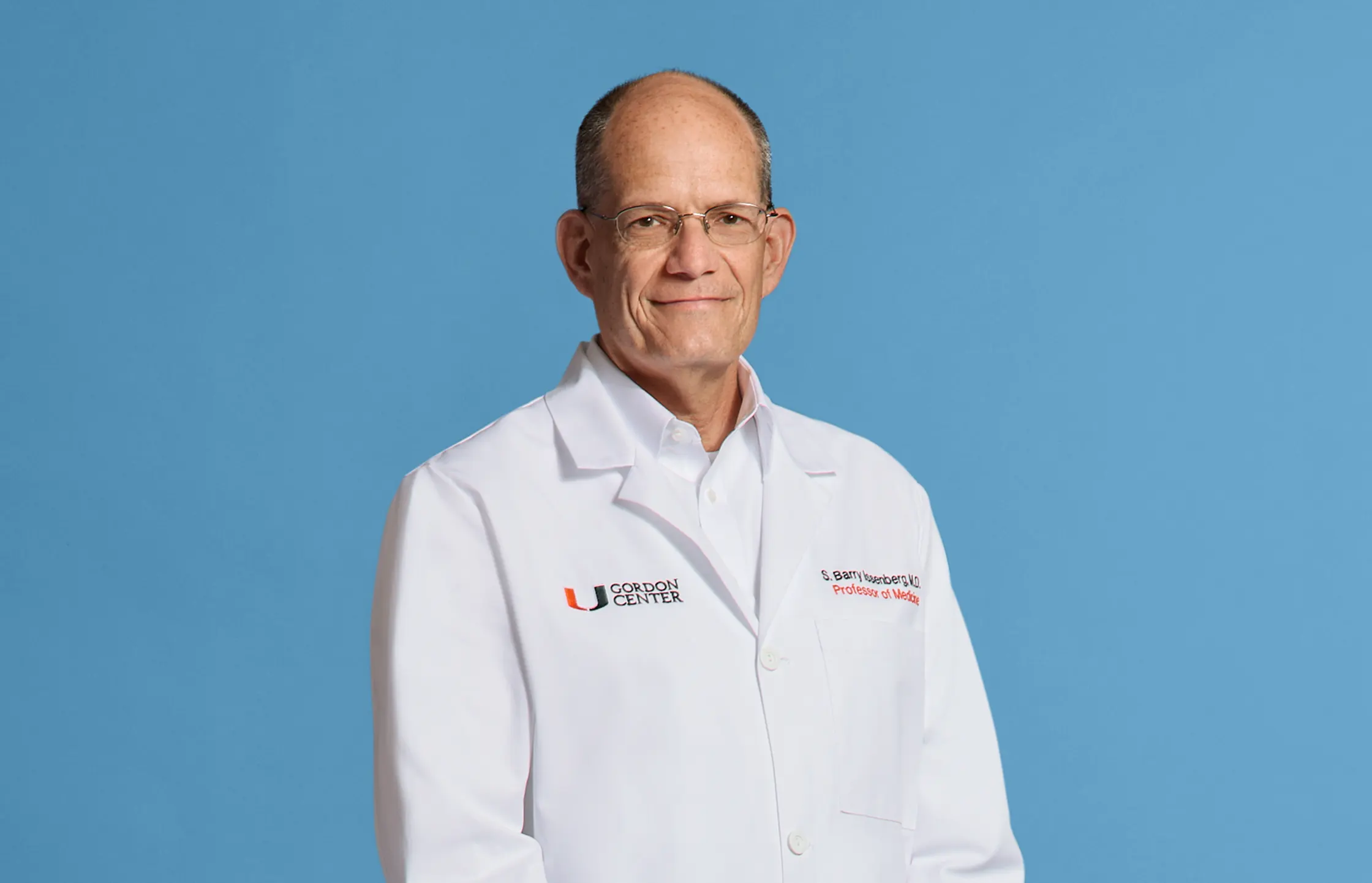A Large Voice For Simulation
Dr. Barry Issenberg now leads the Society for Simulation in Healthcare
Barry Issenberg, M.D., is providing strategic leadership and vision in his role as SSH president
By Chad Hanson / Photography by Jeffery Salter

Barry Issenberg, M.D., is director of the Gordon Center for Simulation and Innovation in Medical Education. Under his leadership, the Gordon Center uses innovative technologies to simulate medical issues and provide real-world training to nearly 20,000 health care professionals and emergency responders annually.
In recognition of his nearly 25 years of health care simulation experience, Dr. Issenberg, who is also senior associate dean for research in medical education, in January was named president of the Society for Simulation in Healthcare. The organization, which seeks to improve performance and reduce errors in patient care through the use of simulation, was founded in 2004 and has more than 5,000 members worldwide. We asked Dr. Issenberg about the goals of his presidency and how he plans to confront the challenges facing health care simulation.
As the president, what are your responsibilities?
Overall, to provide strategic leadership and vision to the society. I am responsible for guiding the society’s direction, setting goals, and ensuring that the society stays true to its mission of promoting and improving the application of simulation in health care. I also work to engage the society’s members, ensuring that their needs and interests are addressed. This includes fostering a sense of community among members and encouraging active participation in the society’s activities and initiatives.
I also represent SSH in national and international forums, attending conferences, participating in panel discussions and networking with other leaders in the field. I oversee the society’s governance structures, as well, working with the board of directors, committees and other organizational bodies to ensure effective management and decision-making.
What does this new position mean to you personally and professionally?
My journey with SSH has been enriching, encompassing various roles that have provided me with a comprehensive understanding of its mission, ensuring a holistic view and a team-based, consensus-building approach essential for effectively serving our membership. In addition, my senior leadership roles at the Miller School have broadened my understanding of the diverse needs, challenges and opportunities inherent in collaborating with professionals across all levels, disciplines and specialties.
What do you hope to accomplish during your term?
I hope to expand the society’s role in serving the global practice community to enhance health care quality. This will require a mindful and direct approach to ensure our membership is reflected in its diversity of backgrounds and ideas. I am advocating for a transdisciplinary approach to propel research and innovation while fostering education, professional growth and leadership development. In a world of increasing complexity and dynamic challenges, SSH must play a pivotal role in addressing and solving issues identified over the past quarter-century. This includes exploring how simulation can lead to improved patient safety and health care quality.
How do you see simulation impacting patient care?
Extending simulation-based health care education from simulation centers to real-world health care delivery and patient outcomes complements biomedical and clinical translational science. We must integrate simulation more seamlessly into the health profession’s education and practice, ensuring broader access to technology for learners and providers. It’s crucial to examine how simulation centers can support the missions of health profession schools and both academic and non-academic health systems. To do this, SSH intends to strengthen strategic collaborations with traditional health care academia partners and build new relationships with key national and international governmental and nongovernmental organizations, as well as industry partners from the education, technology and health care sectors.
What are the major challenges with health care simulation?
Two of the most common and long-standing challenges include its integration into existing curricula and measuring its effect and impact. Effectively integrating simulation into existing curricular programs can be difficult, making collaboration between educators, clinical experts and administrators very important. As with any new technology, curriculum development should be flexible, allowing for the incorporation of simulation in a manner that complements traditional teaching methods. In addition, demonstrating the impact of simulation training on clinical outcomes can be complex. Implementing robust evaluation frameworks and using data analytics to assess performance and outcomes are crucial for conducting long-term studies linking simulation training to clinical practice improvements.
Advanced simulators and technology-based simulations can be expensive, and maintaining these systems requires significant resources. Institutions can collaborate to share resources, seek funding through grants or invest in scalable and reusable simulation tools. Utilizing more cost-effective virtual or augmented reality technologies can also reduce expenses. Investing in training for technical staff and educators is essential, as partnerships with technology providers for support and training can also be beneficial. Because not all institutions or regions have equal access to high-quality simulation facilities, the use of mobile simulation units and remote or tele-simulation platforms and online programs can enhance accessibility. These issues often hinder the ability to ensure consistency in simulation quality and methodologies across different training sites or institutions. Developing and adhering to national and international standards and accreditation systems and regularly benchmarking and supporting peer reviews can help maintain consistency.
Finally, resistance to change and skepticism about the value of simulation often hinder its adoption. What helps is building a culture that values continuous learning and improvement. This must be complemented with evidence that demonstrates the effectiveness of simulation through research and case studies.
To watch Dr. Issenberg’s podcast discussion with Dean Henri Ford about new simulation technologies, click here.![]()
“I hope to expand the society’s role in serving the global practice community to enhance health care quality.”



